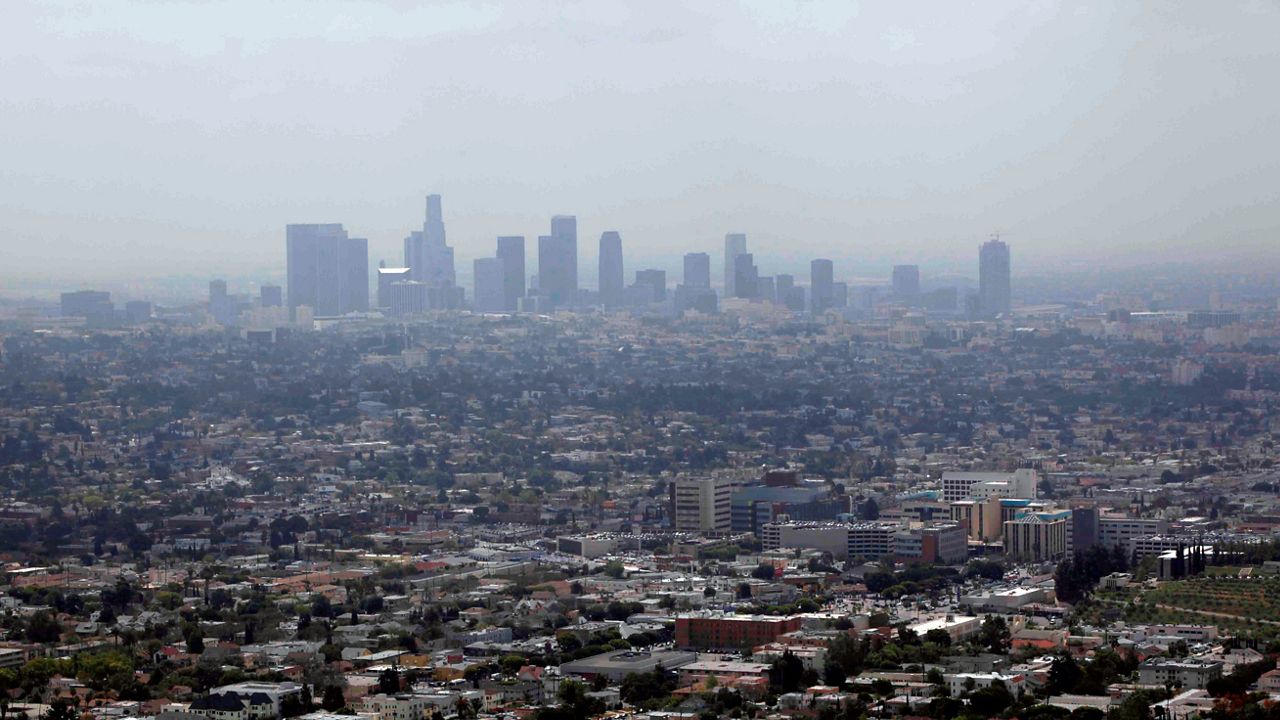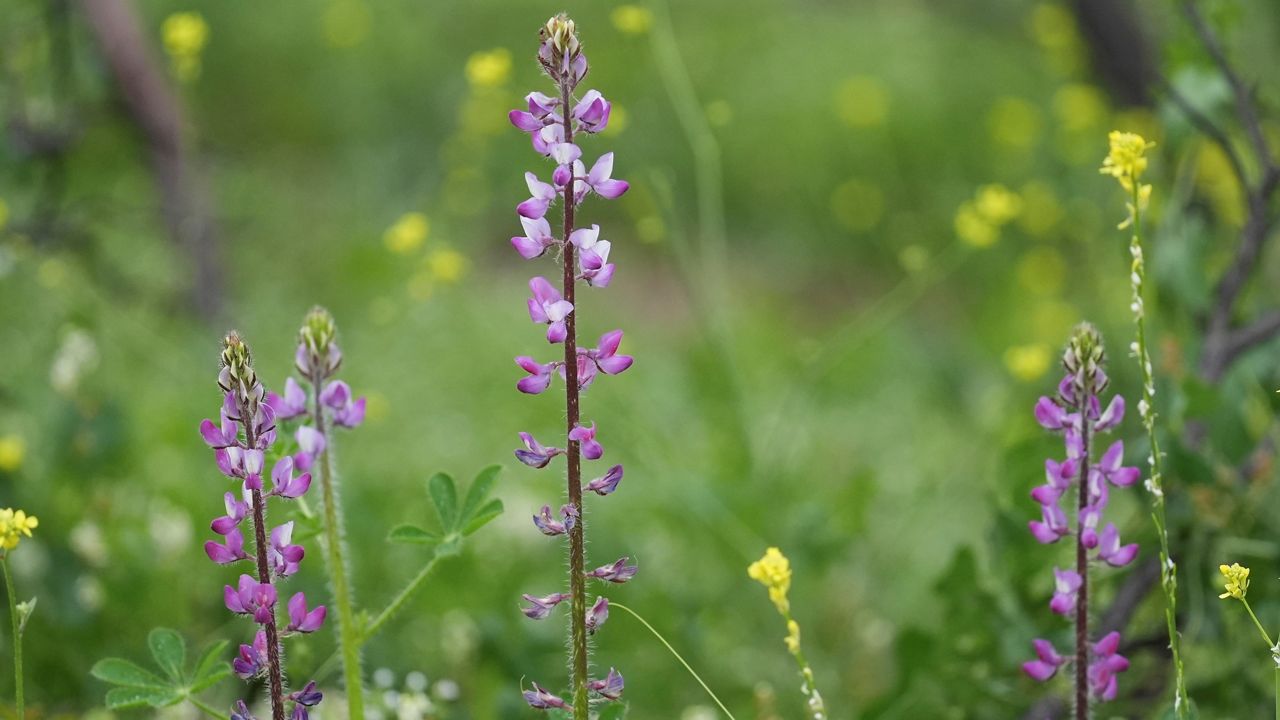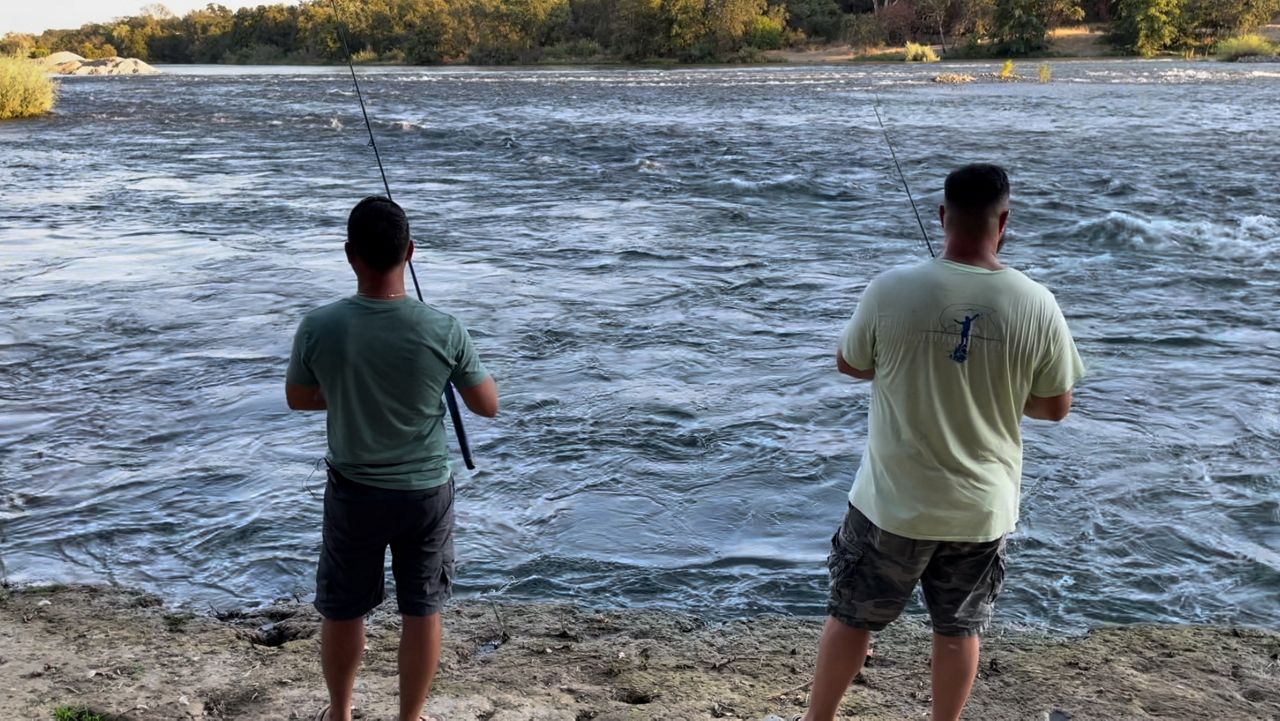EL SEGUNDO, Calif. — In Southern California, more than 66% of our water supply is imported from outside of the region. But as that supply continues to decrease, water experts say the demand for water is only increasing.
The industry is looking to increase water recycling as a way to combat drought, creating a supply stream that could significantly reduce Los Angeles’ reliance on imported water.
It can be a hard concept to wrap your head around, said Darryl Ramos-Young, an education and outreach specialist at the West Basin Municipal Water District: how is it possible that raw sewage can be turned into purified water, cleaner than tap?
At the Edward C. Little Water Recycling Facility in El Segundo, step one is the microfiltration process.
“This filter has just begun its filtration process, so the water from the Hyperion Water Reclamation Plant is going into this filter and going up,” Ramos-Young showed. “Sort of like a household vacuum. The water is being drawn into the filters.”
Historically, most of Los Angeles’ wastewater has been, well, wasted.
Every day 250 million gallons are treated twice at LA’s oldest and largest wastewater treatment facility, the Hyperion Water Reclamation Plant, then most of it is dumped into the Pacific Ocean.
But 40 million gallons of that treated water come to the Edward C. Little Water Recycling Facility to be cleaned and repurposed.
When the water gets here, it’s still not quite clean enough for even the irrigation that much of the recycled water is used for.
So it goes through the advanced microfiltration process, with thousands of tiny fibers that capture everything from dirt to bacteria. From here, Ramos-Young said the water goes through a reverse osmosis membrane.
“So microfiltration was cleaning the water on the microscopic level. This is cleaning the water on the molecular level,” Ramos-Young explained.
From there, the water is sent to disinfection with Hydrogen Peroxide and UV light.
At this point, the water is so clean; they have to re-inject minerals back into it. But still, state and federal regulations don’t yet allow this recycled water to be consumed, even though it well exceeds the drinking water standards.
Ramos-Young said they’re expecting that to change soon, as water recycling is the future of the water industry and a viable solution to the dwindling water supply from the drought.
“Many other agencies are pilot testing their systems right now and we look forward to collaborating with them,” Ramos-Young added.
Water reuse was one of several topics at the American Water Works Association’s spring conference called Sustainable Water through the Millennium. Uzi Daniel was there representing the South Bay as the manager of operations for the West Basin Municipal Water District.
Daniel said this conference brings water professionals from across two states to work together to solve some of our water resource issues.
“It can be daunting and even frightening to look at the situation of warming climates, how that changes. We see regionally some places have big storms, some don’t have any water. So I think that while that is daunting, we need to all get together to figure that out,” Daniel explained.
But Daniel said it’s not just up to the water agencies to change policy. Lasting water conservation will come from everyone doing their part, from switching to drought resistant landscapes and hybrid vehicles to getting rid of those single use plastics.
“I think we’re all very aware of the dire situation with water and I think if we also look inside ourselves and our community, we see the solutions,” Daniel said.
Solutions that also come in the form of public education, Ramos-Young said back at the recycling facility lab as he showed the last step in the process where the water undergoes 2,500 tests.
“Seeing is believing. The more [the community] can come out and learn firsthand about how we treat our water, and demystify the whole process, we’re hoping that they become ambassadors and taking care of their local neighborhood and environment,” he said.
West Basin adds that although 75% of Earth is covered by water, only 1% of that is freshwater available for serving the needs of more than 6.6 billion people in the world. Because of the drought and pollution, that 1% is dwindling.
For more information about water recycling, click here.












